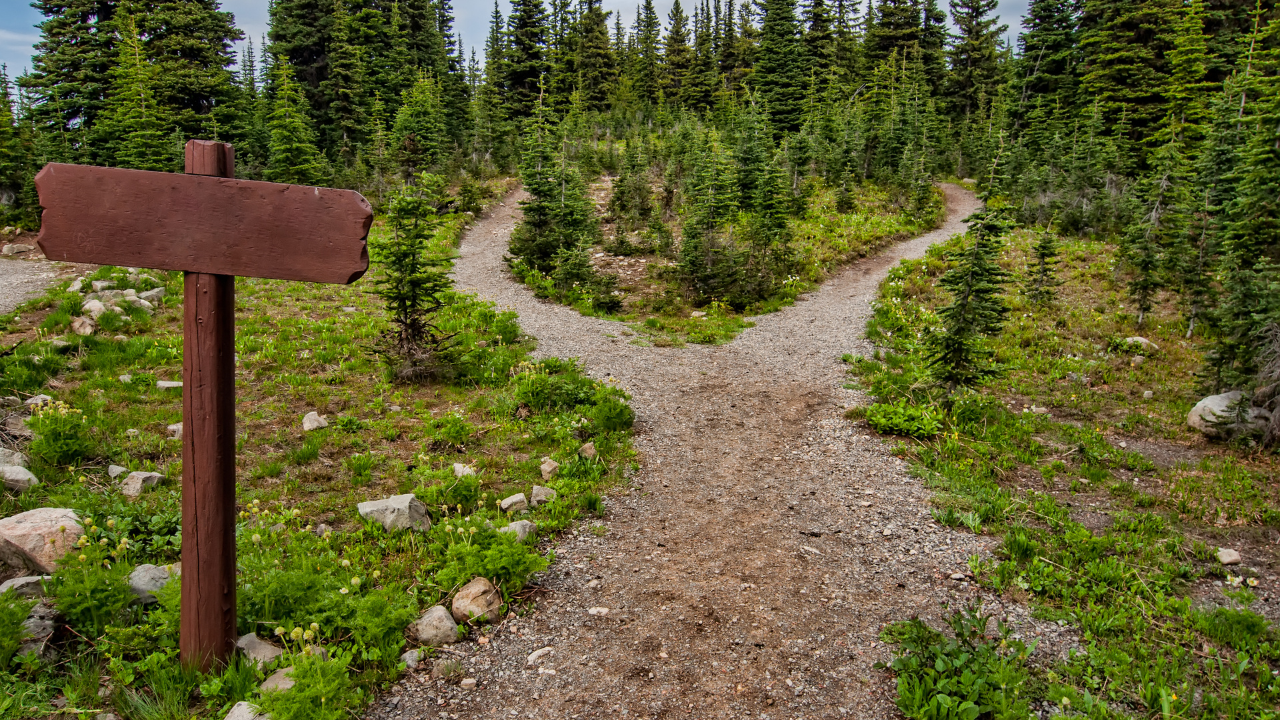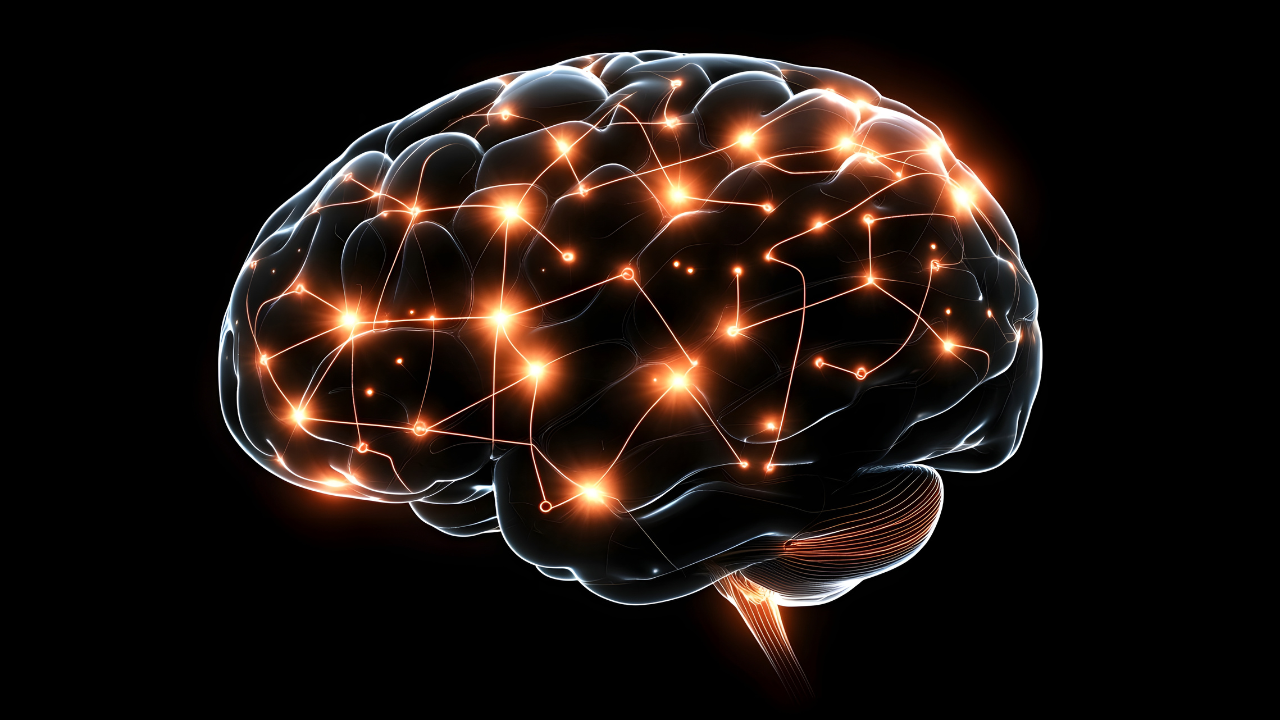Pathways to Recovery: Your Unique Map to Healing
When it comes to recovery, there’s a myth that quietly weighs on many people — the idea that there’s a right way to do it.
That if you don’t follow the same steps someone else did, you must be doing it wrong.
But recovery isn’t a straight road.
It’s a map — one that looks different for every single person who walks it.
When One Path Doesn’t Fit
A client I once worked with — I’ll call her Melissa — told me she had spent twenty years trying to “get it right.”
She’d gone through treatment twice, done the meetings, the journaling, the workbooks, the detoxes. She was doing everything she was told to do — and yet she felt like she was still missing something.
Finally, she said to me, “I’m starting to think there’s just something wrong with me.”
But there wasn’t anything wrong with her.
The problem was that she was trying to walk a path that wasn’t built for her.
That moment changed everything.
Because recovery isn’t about fitting yourself into someone else’s blueprint.
It’s about creating your own.
The Science Behind Personal Recovery
The National Institute on Drug Abuse (NIDA) defines recovery as a dynamic process — one that includes biological, psychological, social, and spiritual changes that unfold differently for each person (NIDA, 2020).
This is what neuroscientists call individual variability — the idea that no two brains, histories, or environments are the same. Research shows that genetics, trauma exposure, and stress history all influence how the brain responds to treatment, stress, and healing (Volkow et al., 2016).
That’s why what works for one person — a support group, meditation, medication, or exercise — might not work for another. Your neural wiring, coping mechanisms, and even your body chemistry are unique to you.
The Four Dimensions of Recovery
According to the Substance Abuse and Mental Health Services Administration (SAMHSA, 2022), recovery is supported by four interconnected dimensions:
Health: Making informed, healthy choices that support physical and emotional wellbeing.
Home: Having a safe, stable, and supportive place to live.
Purpose: Engaging in meaningful activities and relationships.
Community: Building relationships and networks that provide love, support, and hope.
Think of these as pillars — and depending on your life season, one pillar may need more focus than the others.
For example, some people start by stabilizing their physical health — through nutritional healing or programs like the 28-Day Clean Body Reboot.
Others begin with community, rebuilding connection through recovery groups or mentorship.
There’s no wrong starting point.
There’s only your starting point.
Why Motivation Matters
So how do you begin mapping your unique route forward?
A powerful framework for this comes from Motivational Interviewing, developed by William Miller and Stephen Rollnick (2013).
It’s a counseling approach that helps people explore what’s already working instead of focusing on what’s wrong.
One of the simplest — and most transformative — tools is a scaling question.
Ask yourself:
“On a scale from 1 to 10, how confident do I feel in my recovery right now?”
“What’s helped me move one step higher on that scale before?”
This reframes recovery from a deficit mindset to a growth mindset.
Research shows that this kind of autonomy-supportive motivation activates the brain’s reward system, increasing long-term engagement and resilience (Deci & Ryan, 2008).
Creating Your Personal Map
Here’s a simple exercise you can do right now to start designing your recovery map:
Identify what’s helped before. Write down two or three strategies that have supported your healing in the past.
Pinpoint what matters most right now. Maybe it’s your health, relationships, peace, or self-respect.
Choose one first step. Don’t overthink it — just pick one area where you feel ready to take aligned action.
Every person’s map looks different, but the destination is the same:
Connection, clarity, and alignment with your truest self.
What If Your Healing Journey Had a Map?
The 21-Day Breaking Free Challenge helps you uncover your personal roadmap to healing—through daily reflections, mindful actions, and powerful mindset shifts. Each day brings you closer to clarity, confidence, and the freedom to live in alignment with your true self.
Tools to Support Your Journey
✨ The 21-Day Breaking Free Challenge helps you experiment with daily tools and identify what resonates most with you. It’s available now for just $27 per year — a small step with a big ripple effect.
✨ The 28-Day Clean Body Reboot offers structure for those who need a physiological reset — clearing inflammation, balancing mood, and increasing clarity.
✨ The Empowered Recovery Course provides a comprehensive roadmap for identity work, emotional regulation, and habit reprogramming.
✨ For treatment centers and practitioners, the Empowered Recovery Curriculum offers an adaptable framework to help clients create individualized recovery pathways that align with their strengths and values.
The Freedom of Walking Your Own Way
One of my favorite moments in client work is when someone realizes they don’t have to recover like anyone else.
You can be spiritual and scientific.
You can journal and lift weights.
You can attend meetings or find peace in nature.
You can use therapy, coaching, prayer, art — or all of the above.
Because recovery isn’t about uniformity — it’s about authenticity.
When you create your own map, you stop chasing perfection and start embracing progress.
You stop comparing your path to others and start walking with purpose.
🎧 Podcast: Pathways to Recovery — Your Unique Map to Healing
Recovery isn’t a one-size-fits-all journey—it’s a deeply personal path shaped by your experiences, values, and readiness for change. In this episode, we explore the many routes to healing, from traditional recovery models to holistic and lifestyle-based approaches. Learn how to identify what works best for you, build on your strengths, and create a recovery plan that truly aligns with who you’re becoming.
What Could You Do with an Extra Pair of Hands?
Outsourced Doers connects you with a skilled virtual assistant trained to support coaches, creators, and entrepreneurs. Free your time, grow your impact, and finally focus on what you do best—while your Doer handles the rest.
📚 References
National Institute on Drug Abuse (2020). The Science of Drug Use and Addiction: The Basics. https://nida.nih.gov/publications/drugfacts/understanding-drug-use-addiction
Volkow, N. D., Koob, G. F., & McLellan, A. T. (2016). Neurobiologic advances from the brain disease model of addiction. New England Journal of Medicine, 374(4), 363–371. https://doi.org/10.1056/NEJMra1511480
Hölzel, B. K., et al. (2011). Mindfulness practice leads to increases in regional brain gray matter density. Psychiatry Research: Neuroimaging, 191(1), 36–43. https://doi.org/10.1016/j.pscychresns.2010.08.006
Koob, G. F., & Volkow, N. D. (2010). Neurocircuitry of addiction. Neuropsychopharmacology, 35(1), 217–238. https://doi.org/10.1038/npp.2009.110
Miller, W. R., & Rollnick, S. (2013). Motivational Interviewing: Helping People Change (3rd ed.). Guilford Press.
Deci, E. L., & Ryan, R. M. (2008). Facilitating optimal motivation and psychological well-being across life’s domains. Canadian Psychology, 49(1), 14–23. https://doi.org/10.1037/0708-5591.49.1.14
SAMHSA (2022). Recovery and Recovery Support.https://www.samhsa.gov/find-help/recovery
👉 For Individuals:
Start exploring your path with the 21-Day Breaking Free Challenge, reset your health with the 28-Day Clean Body Reboot, or deepen your transformation through the Empowered Recovery Course.
👉 For Practitioners and Treatment Centers:
Bring individualized, neuroscience-based recovery education to your clients through the Empowered Recovery Curriculum.






